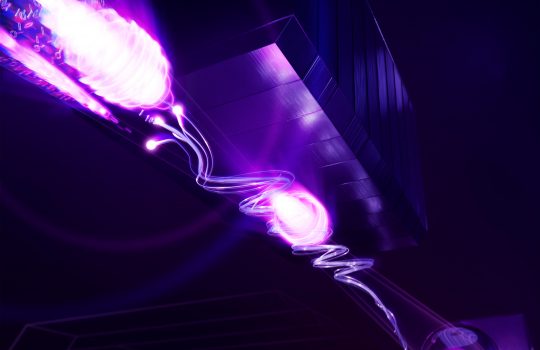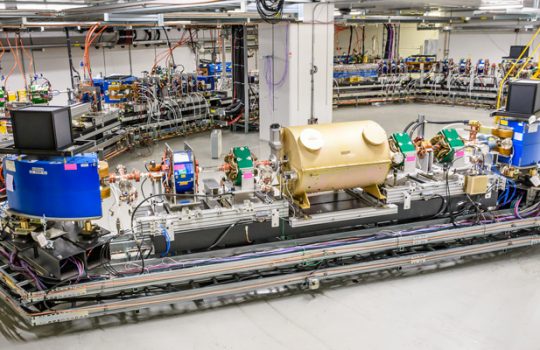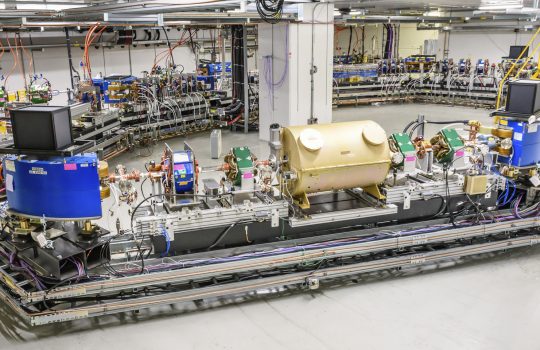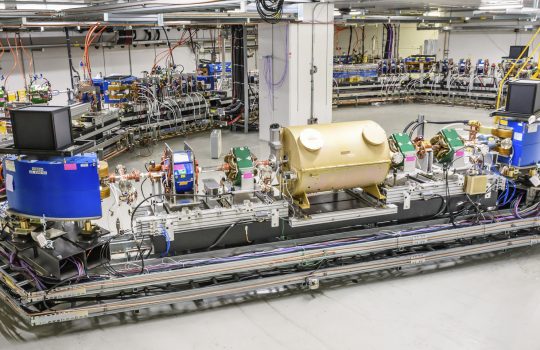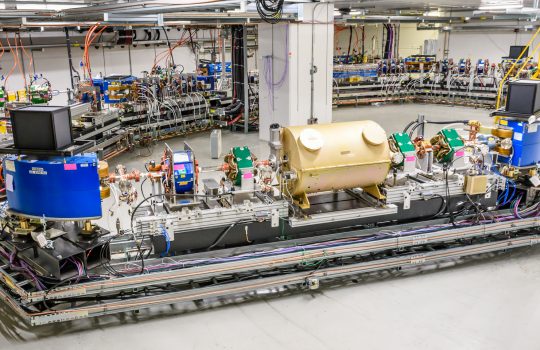Cooling particle beams to study the hottest topics in physics
From Advanced Science News, August 19, 2022: A team of researchers led by Fermilab’s Jonathan Jarvis have successfully demonstrated optical stochastic cooling. This improved technique will increase the achievable cooling rate by up to four orders of magnitude and ultimately allowing physicists to spend more time collecting experimental data.

